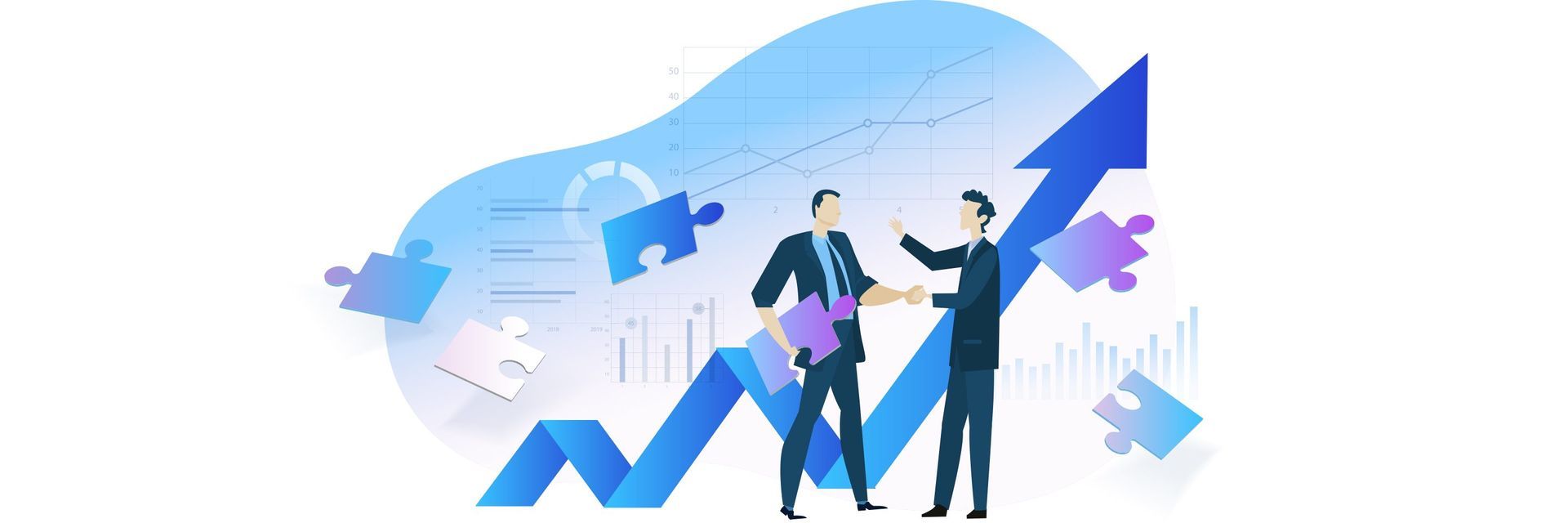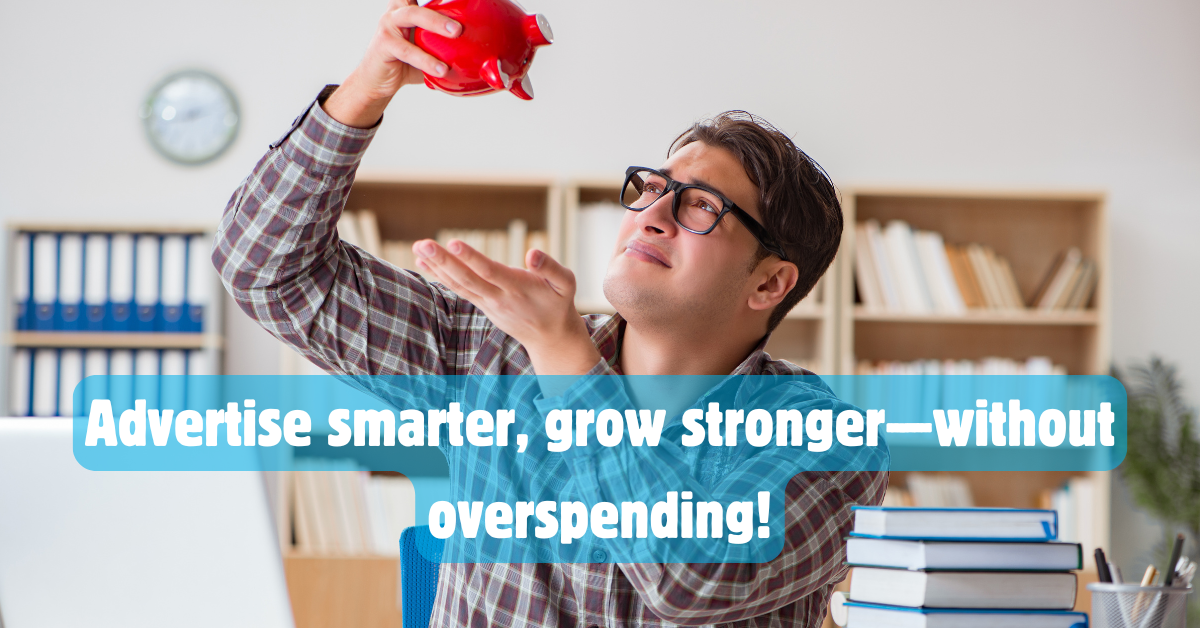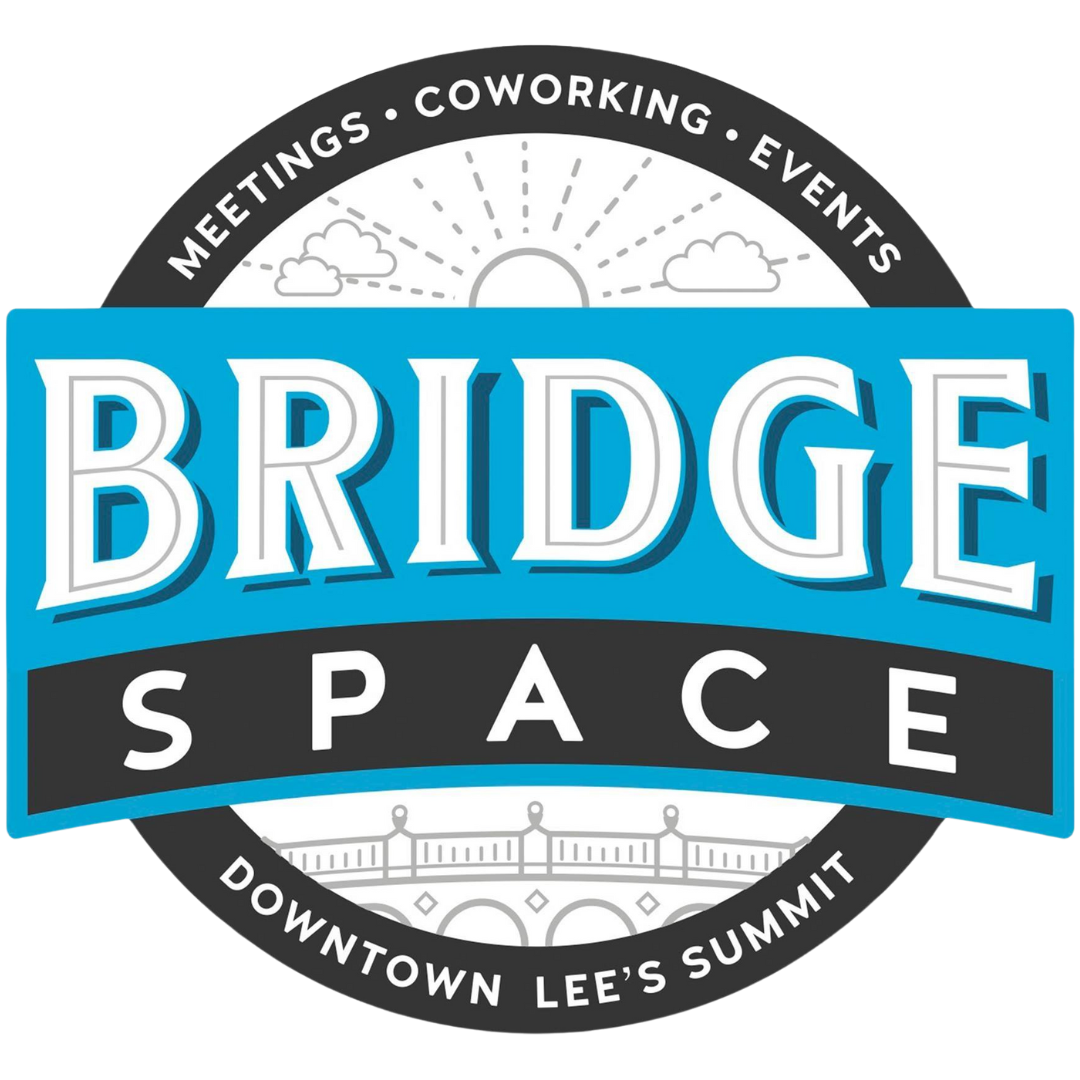Developing a Growth Mindset for Business Success
Developing a Growth Mindset for Business Success
A growth mindset is a powerful tool for business success. It’s the belief that abilities and intelligence can be developed with effort, learning, and persistence. Embracing a growth mindset can transform how business owners and their teams approach challenges, drive innovation, and achieve long-term success. This Bridge Space blog explores strategies for cultivating a growth mindset within your business, illustrated with practical examples.
Understanding the Growth Mindset
Psychologist Carol Dweck coined the term "growth mindset" in her research. She found that individuals with a growth mindset believe their talents can be developed through hard work, good strategies, and input from others. This contrasts with a fixed mindset, where people believe their abilities are static and unchangeable. For business owners, cultivating a growth mindset can lead to continuous improvement and resilience in the face of setbacks.
Strategies for Cultivating a Growth Mindset
Embrace Challenges
Challenges are opportunities to grow and learn. Encourage your team to take on difficult tasks and view them as chances to improve skills and knowledge.
Example: Suppose your company faces a significant technological hurdle. Instead of avoiding it, form a team to tackle the problem head-on. Provide resources and support, and celebrate the efforts and learning process, not just the final outcome.
Encourage Continuous Learning
Promote a culture of learning within your organization. Offer training, workshops, and access to online courses. Encourage employees to develop new skills and stay updated with industry trends.
Example: Implement a monthly "Learning Lunch" where team members share new insights or skills they’ve acquired. This not only fosters a learning culture but also builds camaraderie and knowledge sharing.
Focus on Effort, Not Just Results
Praise effort, perseverance, and improvement rather than only the end results. This reinforces the value of hard work and learning from mistakes.
Example: When an employee presents a new project, highlight the innovative approach and the hard work put into it, regardless of whether it’s an immediate success. This encourages them to keep experimenting and learning.
Normalize Failure as a Learning Tool
Shift the perspective on failure from a negative outcome to a valuable learning experience. Analyze what went wrong and how to improve.
Example: Create a "Lessons Learned" session after every project, successful or not. Discuss what worked, what didn’t, and how to apply these lessons in future projects. This normalizes failure as part of the learning process.

Set Growth-Oriented Goals
Set SMART (Specific, Measurable, Achievable, Relevant, Time-bound) goals that encourage growth and development. Ensure that these goals are challenging yet attainable.
Example: Instead of setting a vague goal like "increase sales," set a specific target such as "increase sales by 15% over the next quarter by enhancing our online marketing strategy and customer outreach."
Encourage Feedback and Open Communication
Create an environment where feedback is welcomed and used constructively. Encourage team members to seek and provide feedback regularly.
Example: Implement regular one-on-one meetings where employees can discuss their progress, challenges, and receive constructive feedback. This helps in identifying areas for improvement and growth.
Model a Growth Mindset
As a leader, demonstrate a growth mindset through your actions. Show your willingness to learn, take on new challenges, and openly discuss your mistakes and learning experiences.
Example: Share your own professional development journey with your team. Talk about the challenges you’ve faced, how you overcame them, and what you learned along the way.
The Benefits of a Growth Mindset in Business
A growth mindset can significantly impact a business's success. It leads to a more resilient workforce that embraces change and continuously seeks improvement. Employees feel more empowered to innovate and take risks, leading to greater creativity and problem-solving. Ultimately, a growth mindset fosters a culture of continuous improvement and long-term success.
Growth Mindset is Here to Stay
Cultivating a growth mindset within your business is not just about encouraging positive thinking. It’s about creating a culture that values learning, perseverance, and innovation. By embracing challenges, focusing on effort, normalizing failure, setting growth-oriented goals, encouraging feedback, and modeling a growth mindset, you can unlock your team's full potential and drive your business toward long-term success.
For more insights and strategies on business growth and development, visit our Bridge Space Blog.
By adopting these practices, you can transform your business environment into one that thrives on continuous learning and improvement, ensuring sustained success in a competitive market.
You might also like...








Stay updated on new business events & networking opportunities!
All Rights Reserved | Bridge Space | Terms and Conditions



